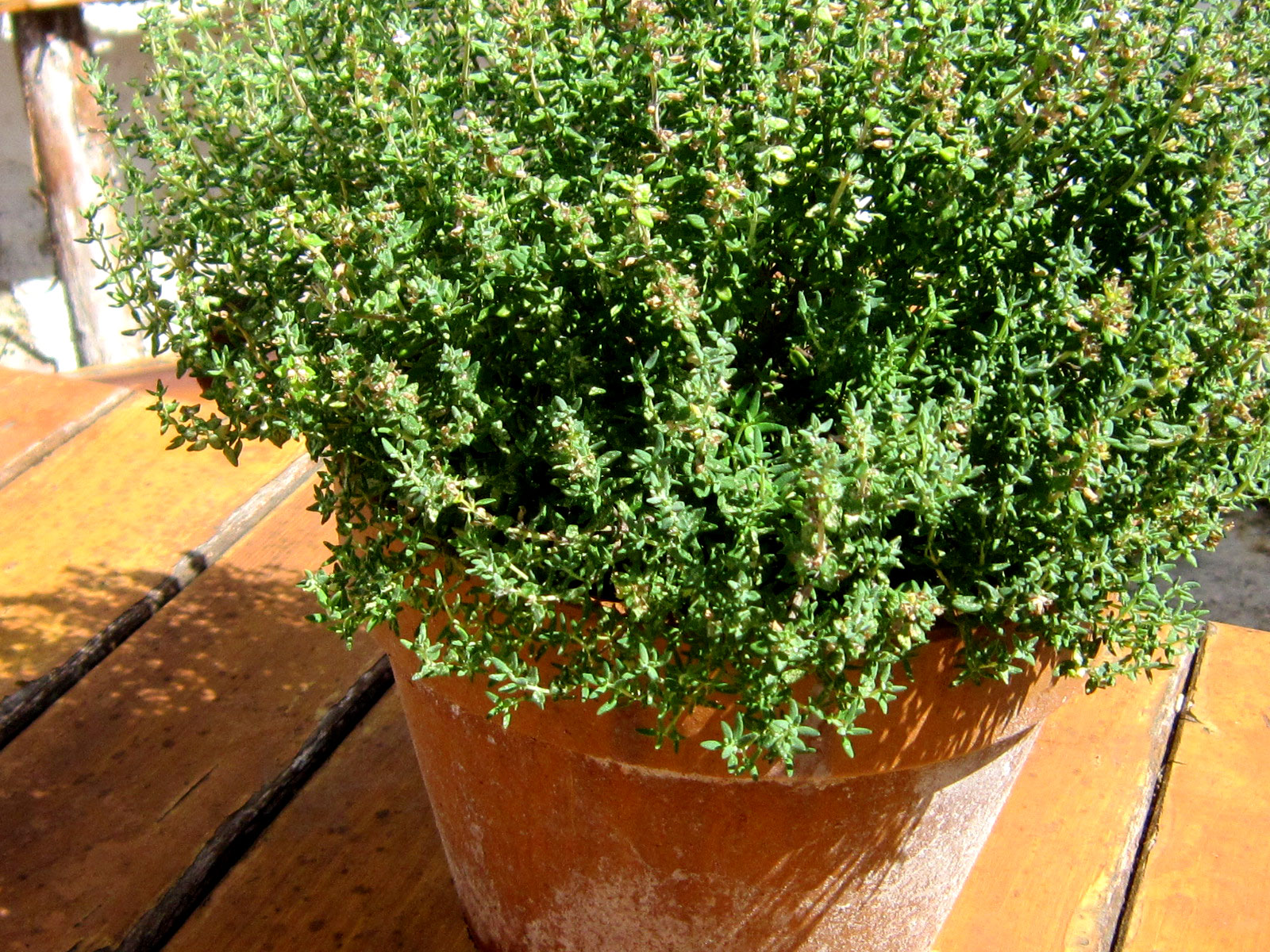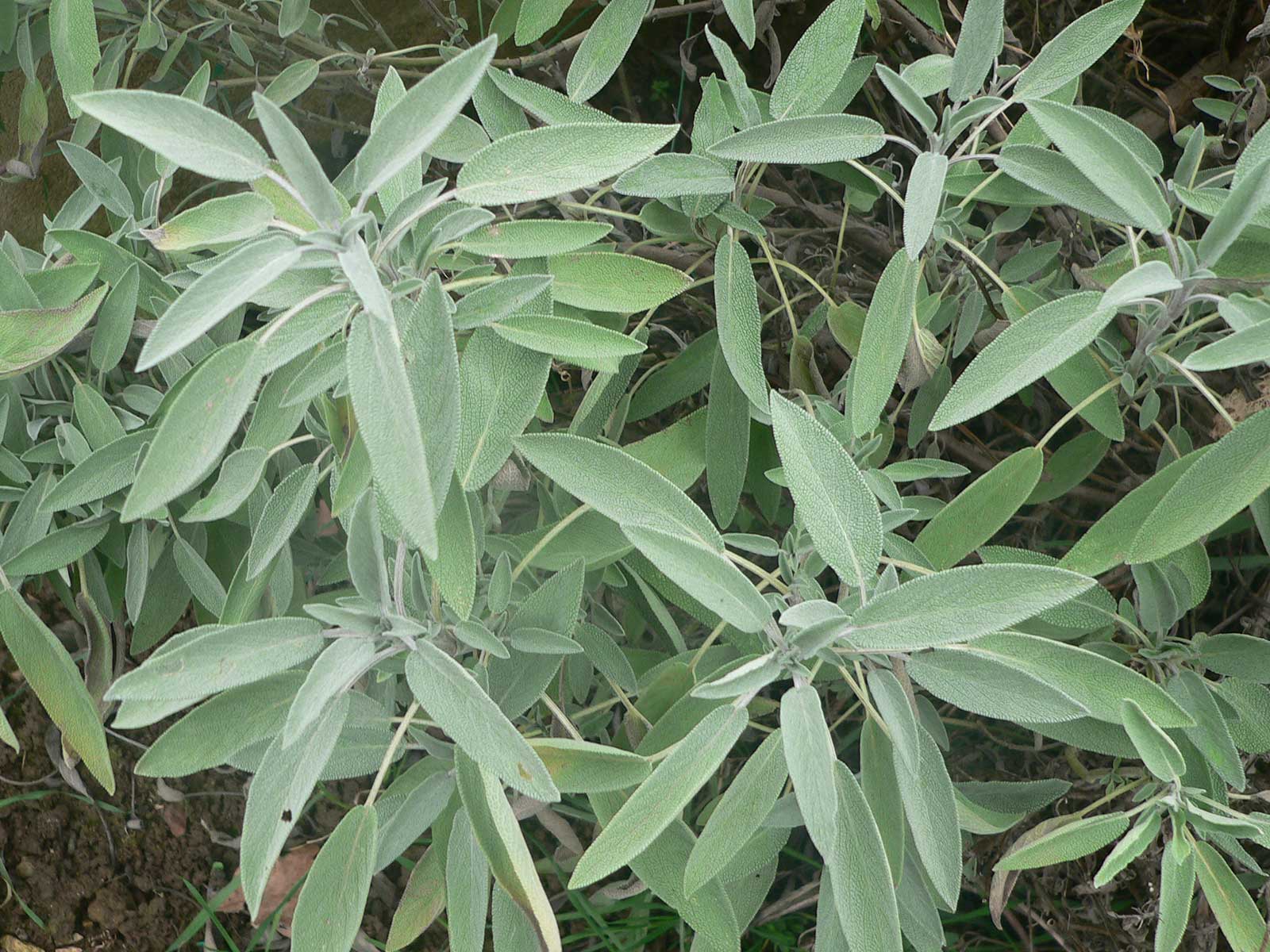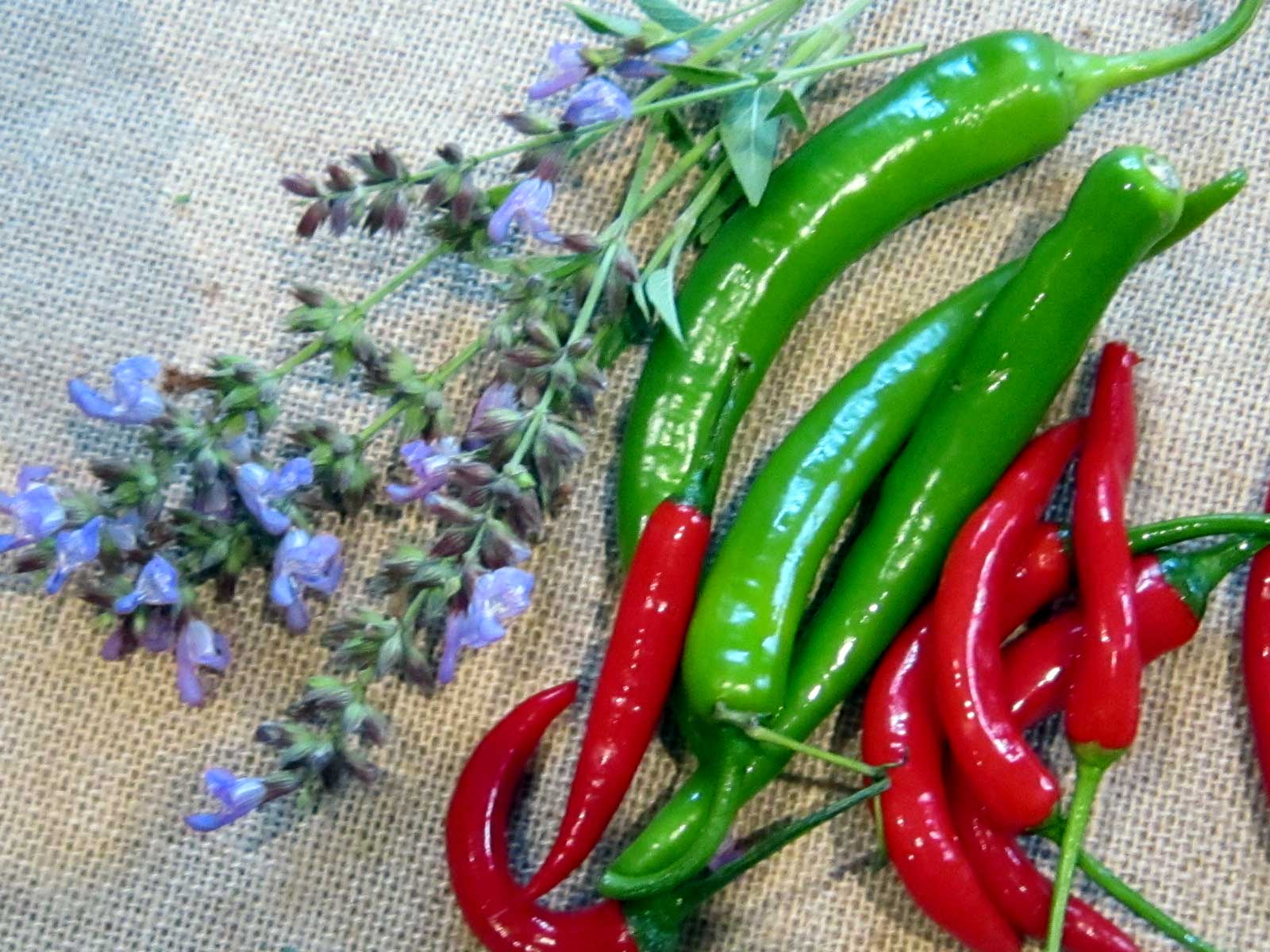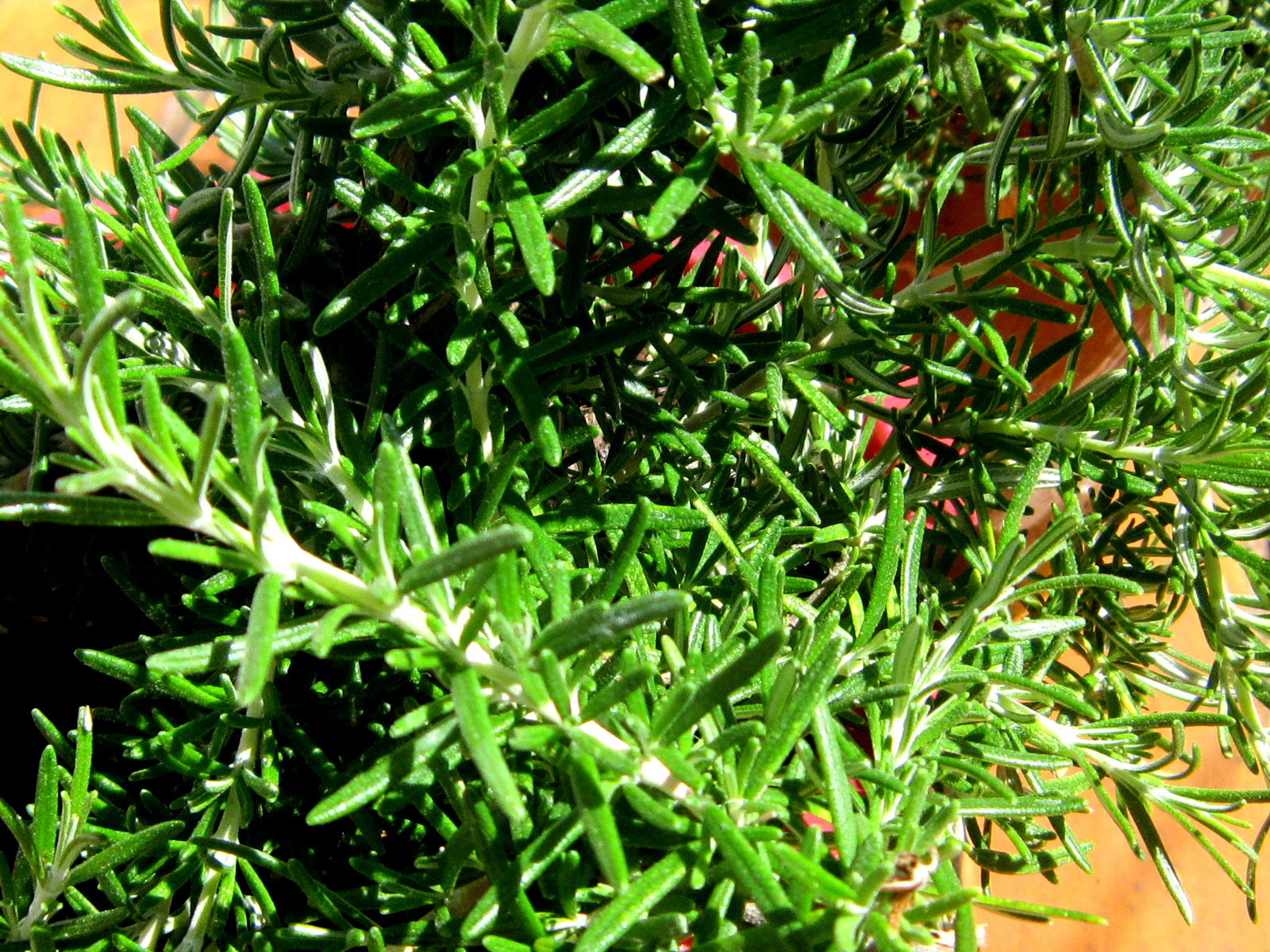Dried Thyme Info
| Fresh Weight (cuttings) | 100 Grams |
| Dried Weight(leaves only) | 19.5 Grams |
| Prep Time | 20 minutes |
| Drying Time | 4-8 hours |
| Drying Temperature | 115 |
| Health Benefits | Bronchitis, Flatulence, Diuretic, Stomach ache |
| Season | Perennial evergreen |
Ways to Use Dried Thyme
- Make Thyme Tea
- Add flavour to your Cooking
- As a Medicinal treatment
- As an Insect repellent
- Added to Potpourri
- Make Thyme Vinegar
- Make Thyme Oil
Varieties
Thyme (Thymus vulgaris), like Rosemary, is a herb that belongs to the mint family (Lamiaceae).
There are over one hundred varieties of thyme, of which many are so similar it is often difficult to differentiate between them. The tiny flowers range in colour from pale pink to purple. The entire plant is aromatic.
The most easily grown and popular varieties are:
- French or Common Thyme (Thymus vulgaris)
- Red Creeping Thyme
- Lemon Thyme
- Caraway Thyme
Thyme is used in cooking and for medicinal purposes. It is an essential ingredient in bouquet garni, and is used in making the expensive Benedictine liqueur. Thyme is very attractive to bees, and the honey harvested from bees fed on thyme flower nectar is a gourmet’s delight.
.
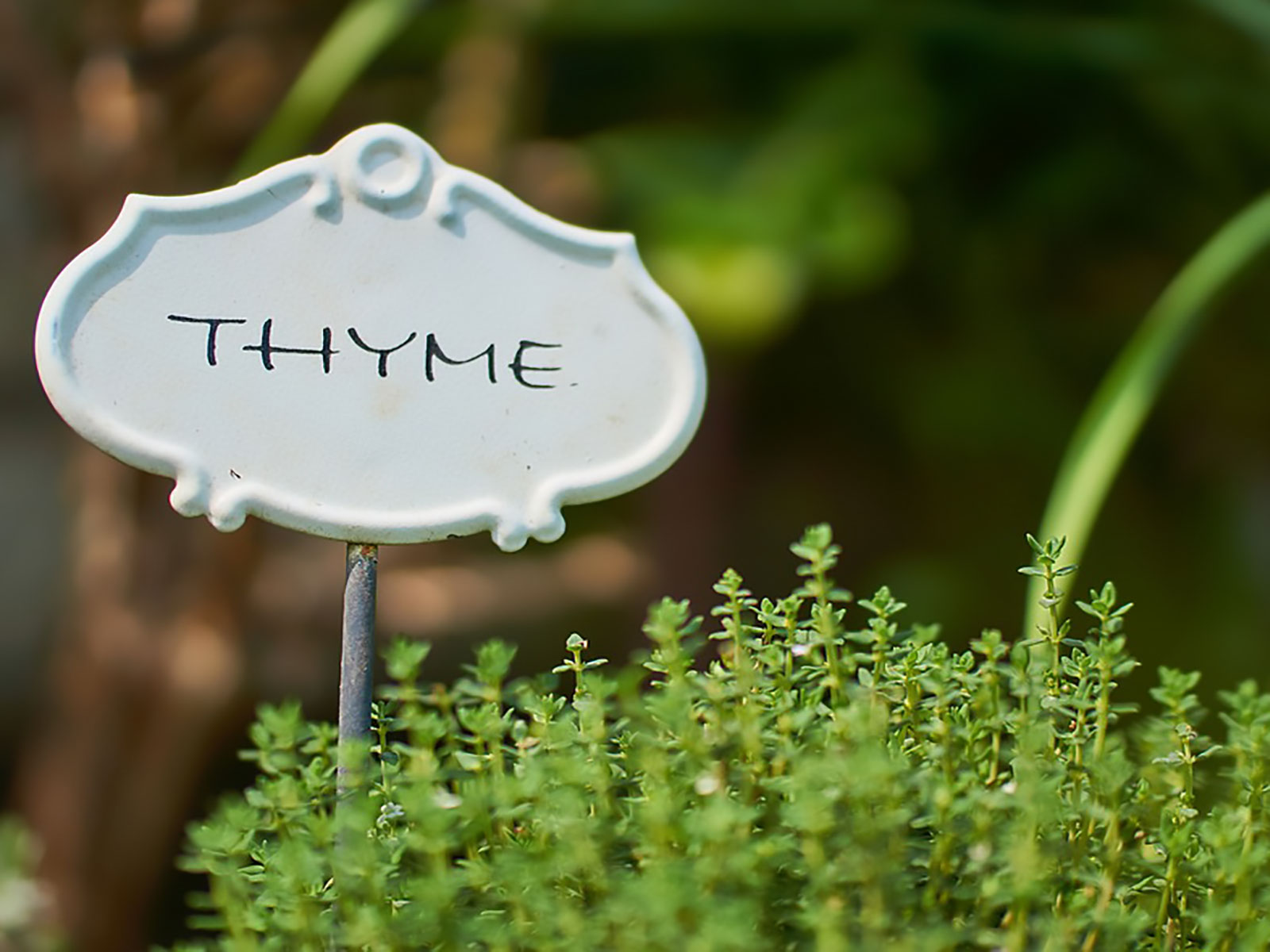
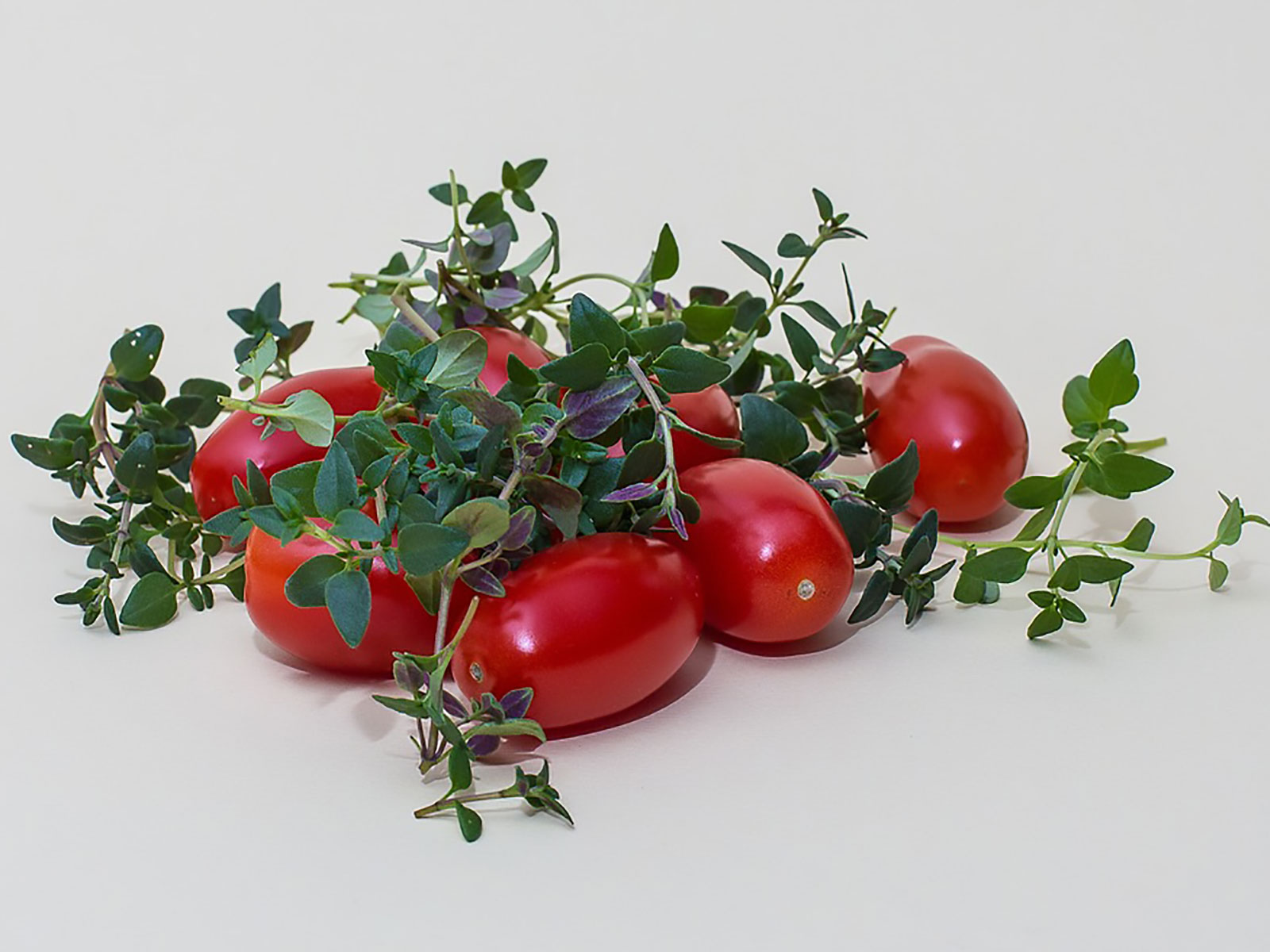
Nutrition
Thymol and carvacrol are two powerful anti-bacterial agents found in Thyme.
Thyme also contains a variety of flavonoids, including apigenin, naringenin, luteolin and thymonin, all of which increase the herb’s antioxidant content.
Benefits
Insect Repellant
Thyme makes an excellent insect repellent, and tea made from thyme can be sprayed around the home to discourage summer pests
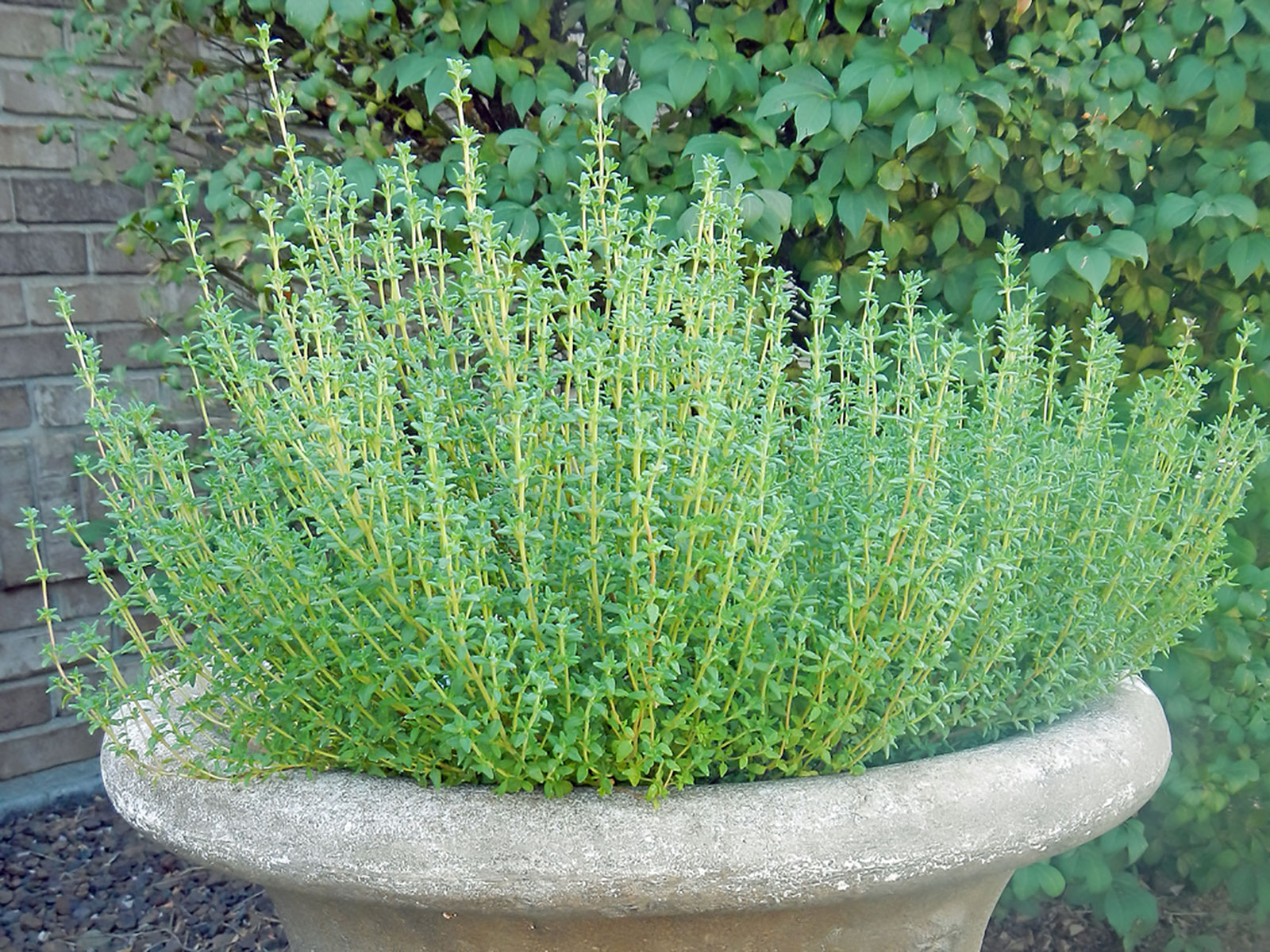

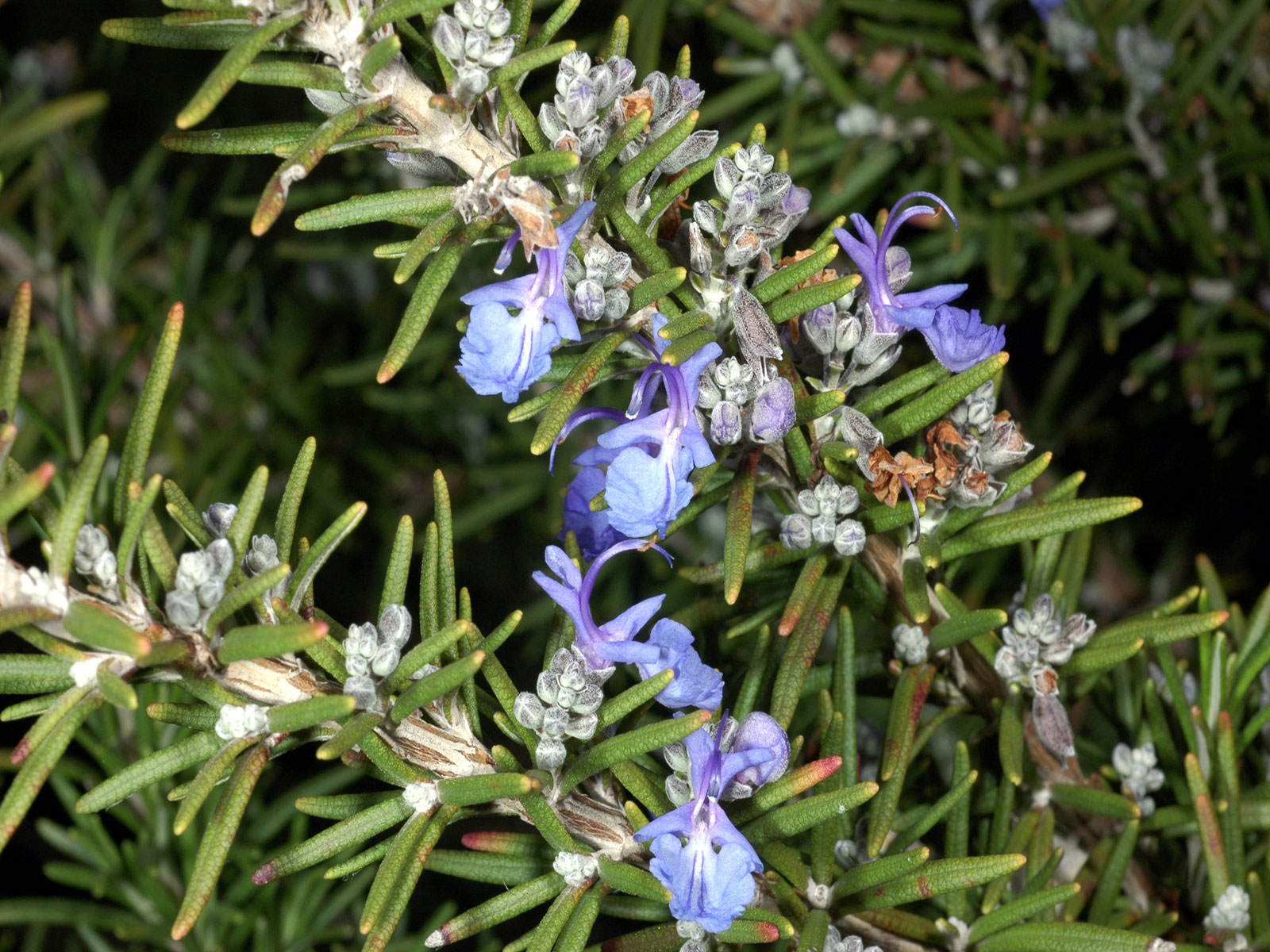
Dehydrating
Read the Dehydrating instructions for the basic gudelines on dehydrating rosemary.
In addition when harvesting Rosemary for drying here are a few tips:
- Wait until the plant has just begun to bloom to get the maximum oil content and flavour
- Don’t cut too close to the base but leave enough greenery for the plant to continue to thrive.
- To retain the strength of the aroma process the rosemary as quickly as possible and store in well-sealed containers.
To make rosemary powder follow the basic guidelines for making Powders.
Storage
Once dried, strip the leaves from the stalks. Otherwise storage instructions are the same as for other foods. Store in sealed containers in a dark area and add oxygen absorbers to help keep the contents dry.
Tip: I keep the dried stalks to add to outdoor barbeques as they add flavour to the food and keep insects at bay.

